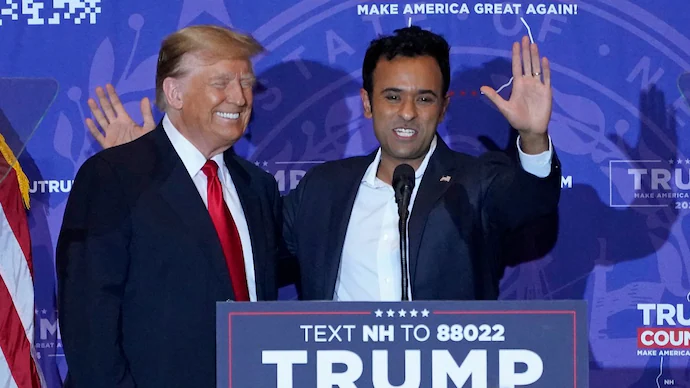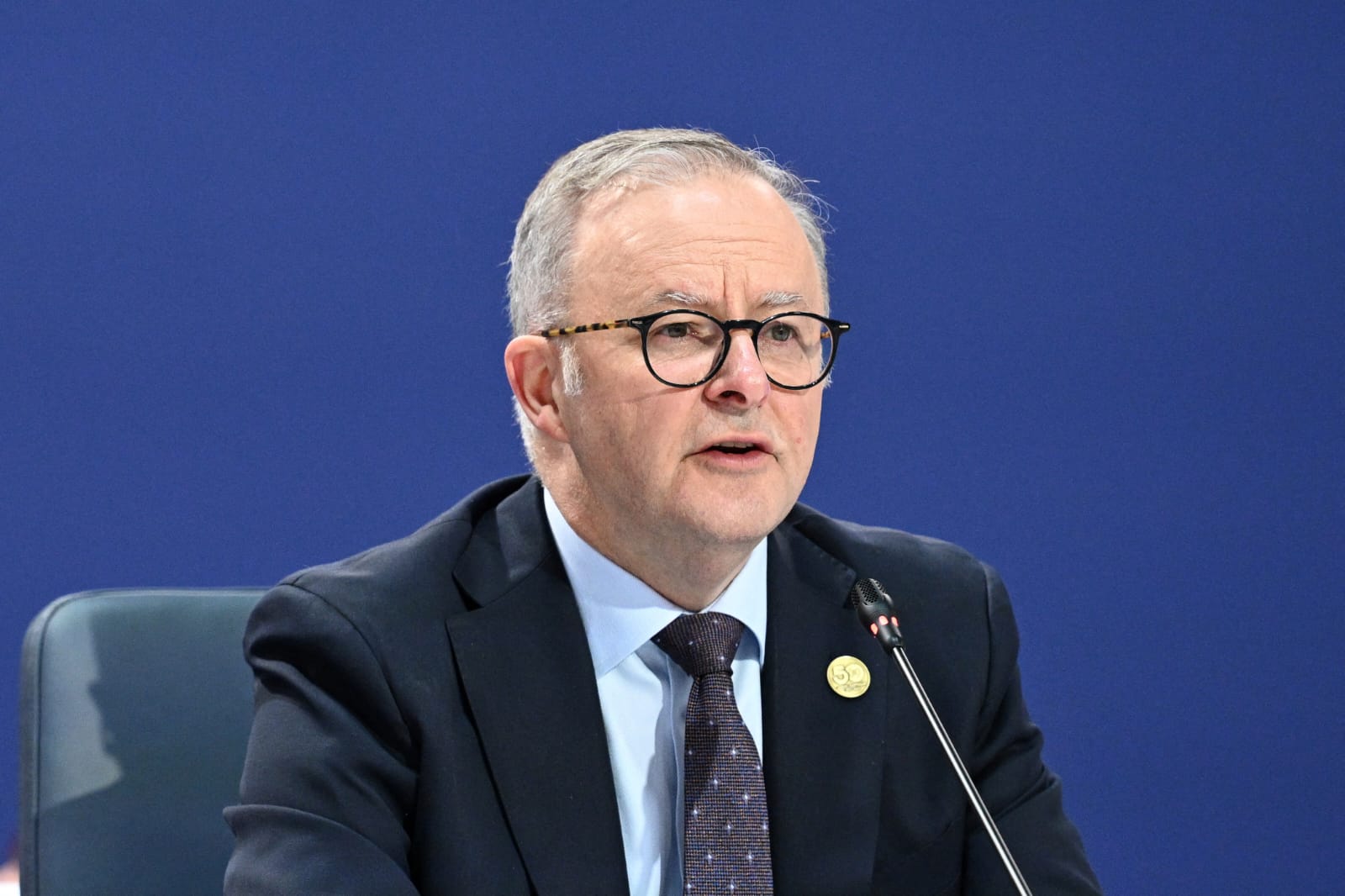What is Hamas and Israel conflict?
Since 2007, Israel and Hamas, along with other Palestinian militant groups based in Gaza, have engaged in conflict, including in four wars in 2008–2009, 2012, 2014, and 2021. These conflicts killed approximately 6,400 Palestinians and 300 Israelis. In 2018–2019, there were large weekly organized protests near the Gaza-Israel border, which were violently suppressed by Israel, whose forces killed hundreds and injured thousands of Palestinians by sniper fire. Soon after the 2021 Israel–Palestine crisis began, Hamas’ military wing, the Al-Qassam Brigades, started planning the 7 October 2023 operation against Israel. According to diplomats, Hamas had repeatedly said in the months leading up to October 2023 that it did not want another military escalation in Gaza as it would worsen the humanitarian crisis that occurred after the 2021 conflict.
![]()
Sixteen years of Israeli blockade
The Gaza Strip has a population of about 2.3 million people living in one of the most densely populated areas in the world. It is located between Israel and Egypt on the Mediterranean coast.
Since 2007, Israel has maintained strict control over Gaza’s airspace and territorial waters and restricted the movement of goods and people in and out of Gaza.
Since Hamas’s October 7 attacks in southern Israel, Israeli Prime Minister Benjamin Netanyahu has threatened to turn Gaza into a “deserted island” and warned its residents to “leave now”.
Gaza
| Category | Number of People |
|---|
| Killed | At least 43,391 (including 16,765 children) |
| Injured | More than 102,347 |
| Missing | More than 10,000 |
Isreal
| Category | Number of People |
|---|---|
| Killed | 1,139 |
| Injured | At least 8,730 |
After witnessing these events, it’s difficult not to question whether this can truly be called a “war” in the traditional sense. The term “war” implies a conflict with relatively balanced forces on each side, but what we’re seeing instead seems overwhelmingly one-sided. The disproportionate loss of civilian lives, including a tragic number of children, paints a picture that looks more like a humanitarian crisis than a conventional war.
Rather than a battle over territory or security, it increasingly feels like a cycle of violence marked by revenge and retaliation, where everyday Palestinians bear the heaviest burden. The conflict appears to have shifted beyond political or military objectives and is instead exacting a devastating toll on people who have little power to change their circumstances.
The daily images and stories of loss are heartbreaking. Innocent civilians, entire families, and communities are being impacted on a scale that raises questions about the very nature of justice and humanity in this conflict. The relentless nature of the violence makes it seem as though there is little room for empathy or peace. It’s as if every day brings new suffering, creating a sense of hopelessness and despair for those who have already endured so much.
Ultimately, the situation challenges us to consider not just the political or military dimensions but the profound moral implications as well. Is there a path forward that values human life and prioritizes peace over revenge? This is the question that remains unanswered as the violence continues.




